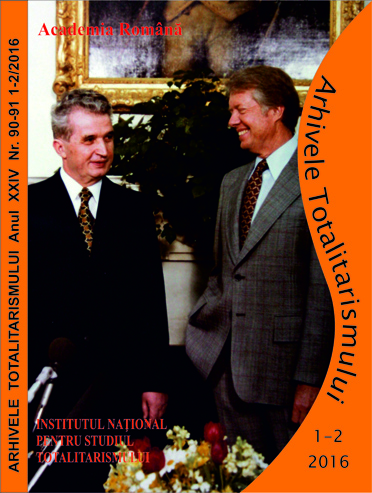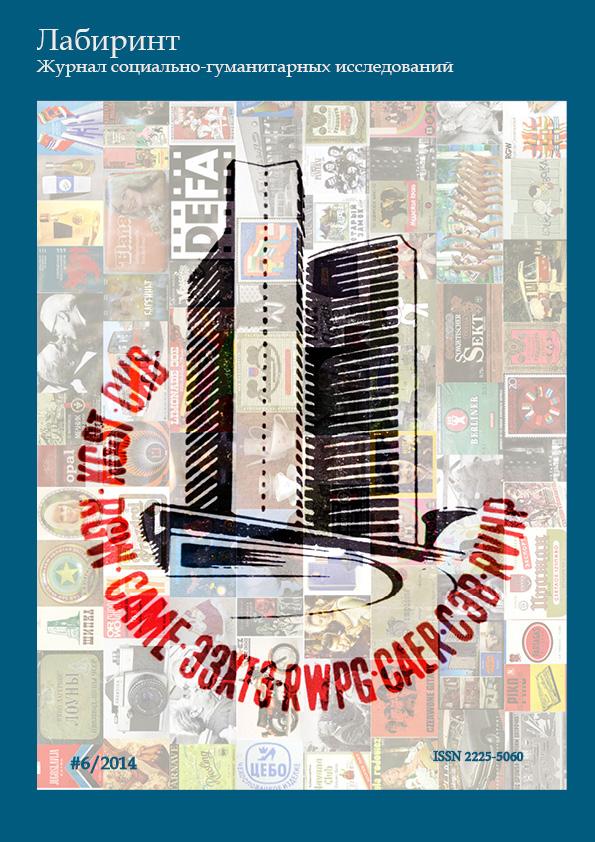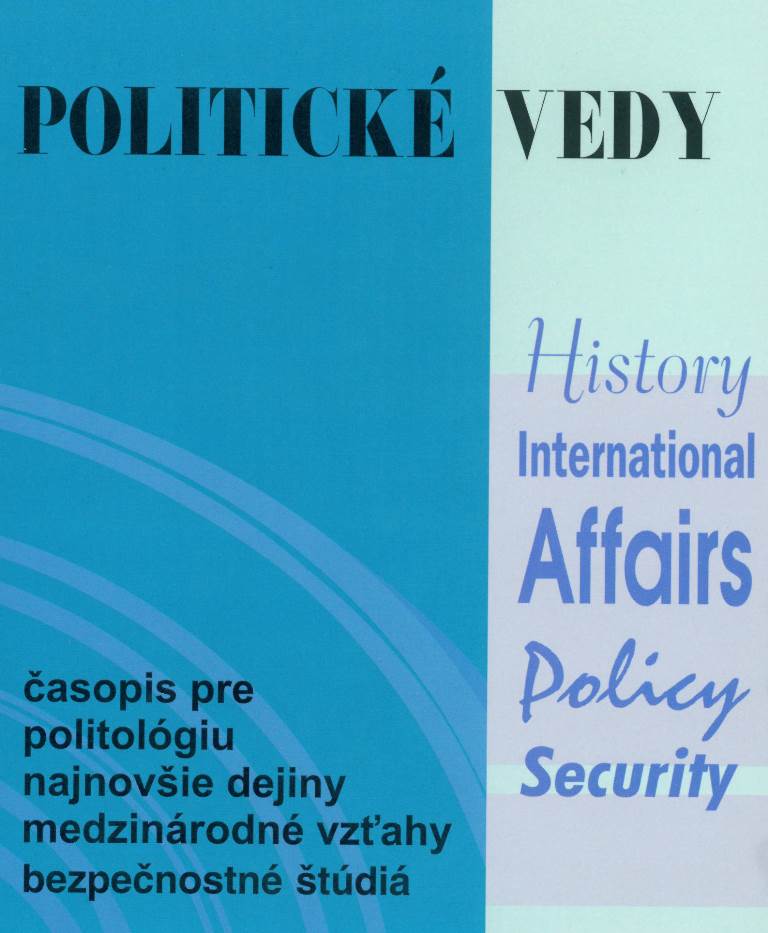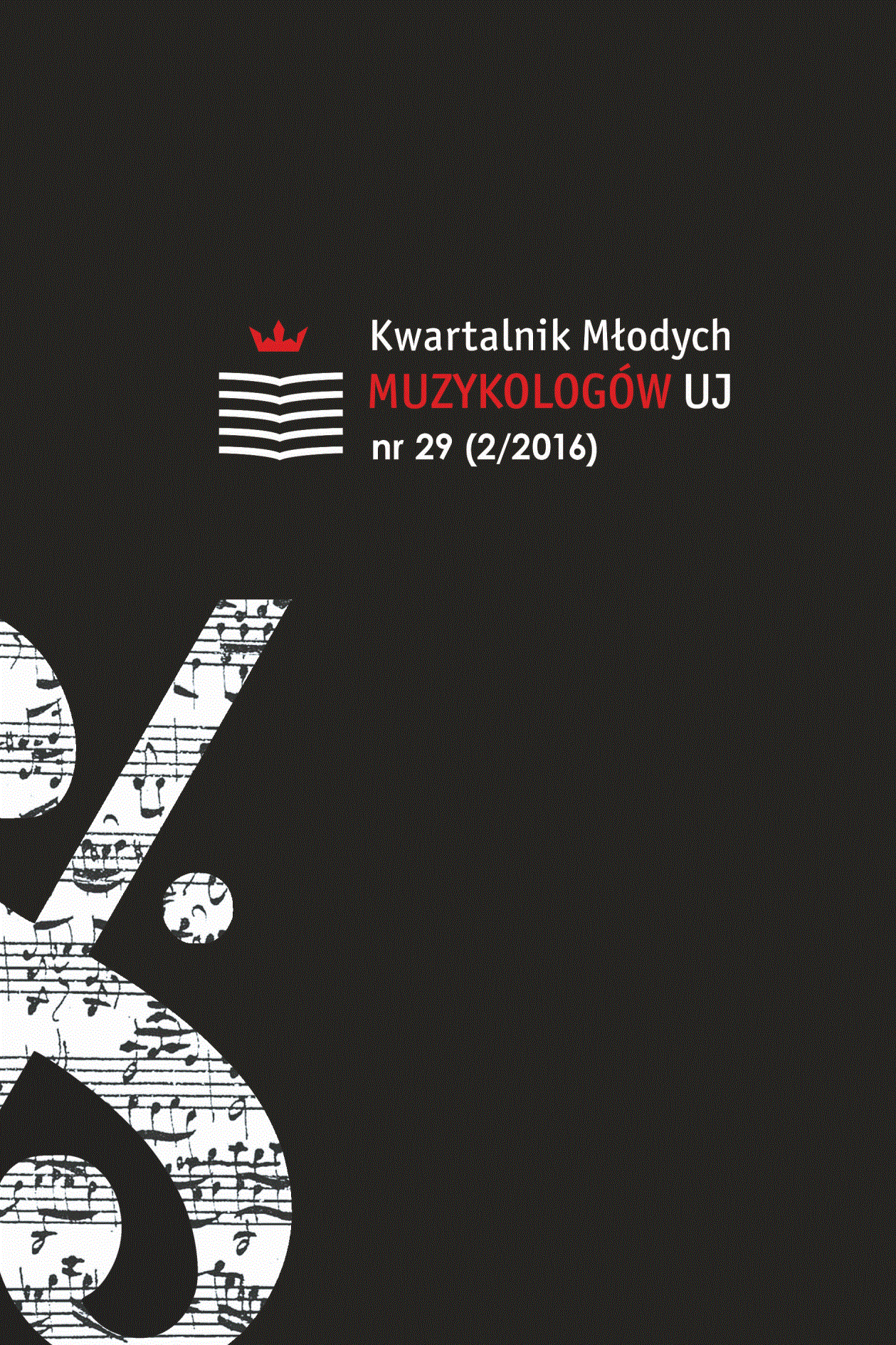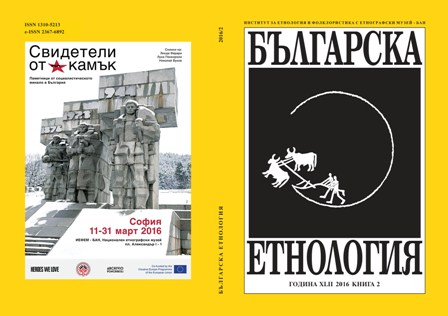
Из живота на българската общност в Гюмюрджина. Граници и идентичности /края на 19 век – 1912 г./
The research is focused on a Bulgarian group in Komotini from the late 19th century until 1912. The reconstruction is based on autobiographical memories which outline some of the group’s markers, such as norms of behaviour, boundaries and relations with the “others”. Under the conditions of old systems of contact and co-existence, of trade communication and relations connected with the ideological and moral ideas of the Balkan man in general, i.e. in the case of features referring to the so-called low (deep) culture, the Bulgarians and Greeks in the town draw closer together and live under the conditions of the contact zone. In the opposite case, with the emergence of some of the basic features of the nation and the high culture, such as institutions, designation, territory, language, the anthropological boundary hardens and in part of the contact zone a barrier rises up which discriminates between “we” and the “others”.
More...
